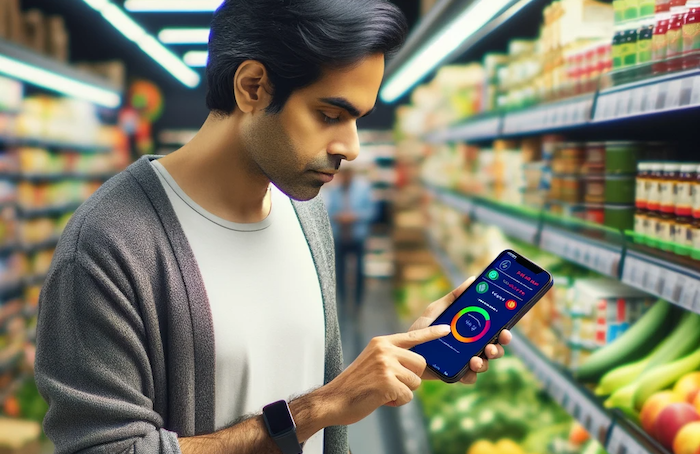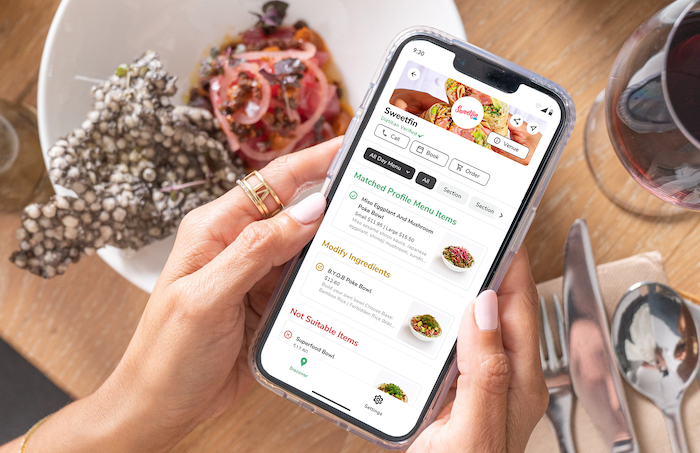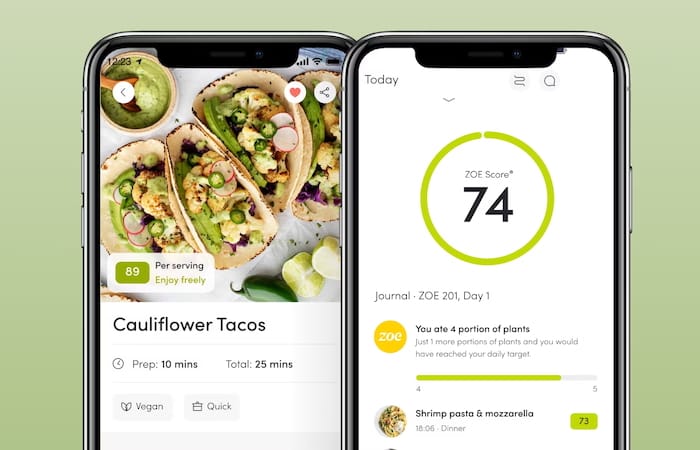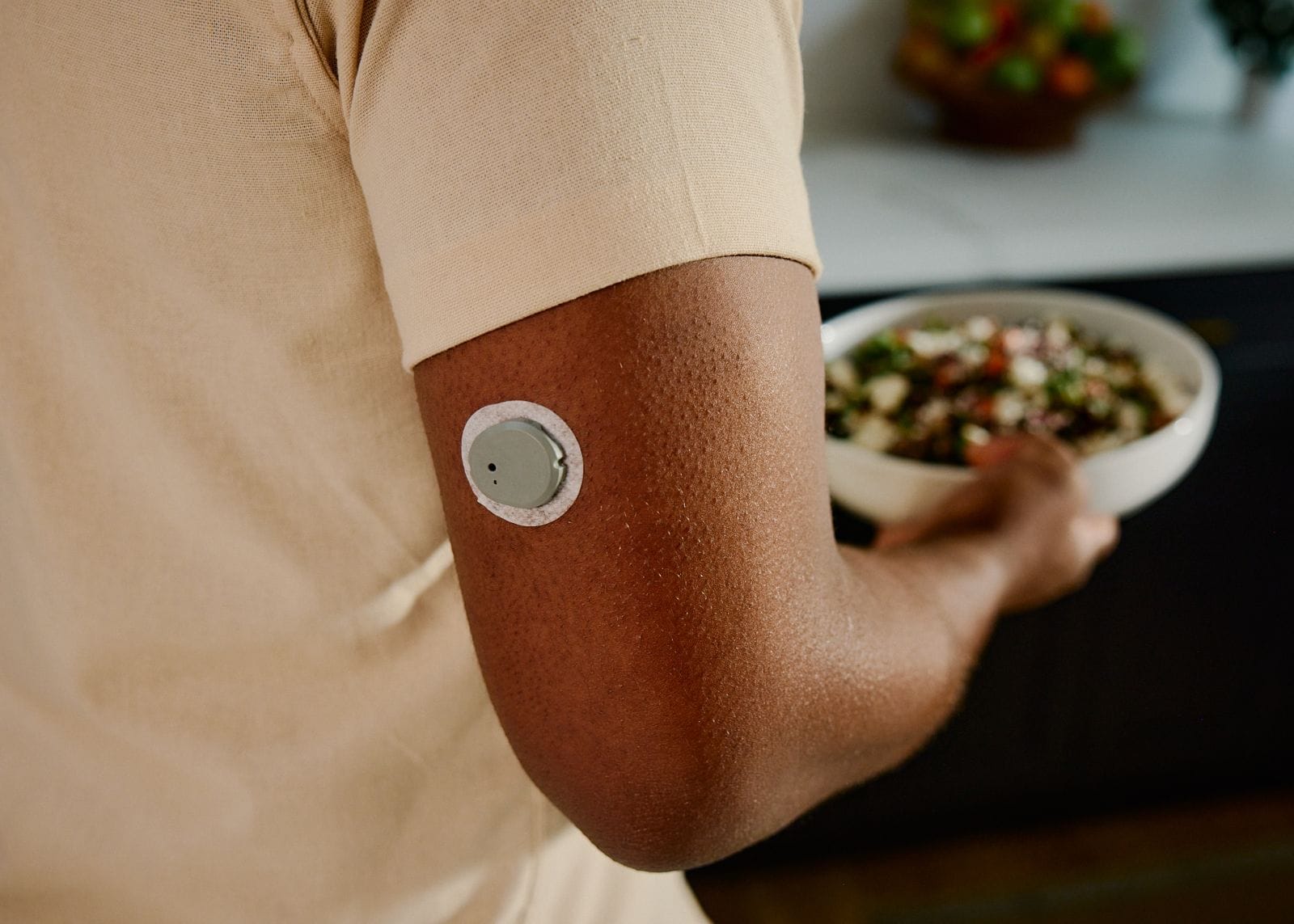Dissecting The Power & Pitfalls Of Generative AI X Nutrition
November 15, 2023
Read Time
7 min

As AI becomes more prevalent, we’ve seen more food-related use cases come into the fore. From a discovery standpoint, marketplaces like DoorDash and Instacart have tested or implemented OpenAI’s large language model (LLM) GPT to accept questions as queries while hardware companies like Whoop and Ultrahuman have integrated such models to make nutritional suggestions to their customers. Furthermore, open source databases and low-cost online resources have made it easier than ever for food influencers to build their own nutrition scanning apps and chatbots. This week, I sat down with a WeWork Product Manager who recently built grocery scanning app FoodIQ. Similar to 7-year-old startup Yuka, the app analyzes each ingredient of a scanned CPG item to provide a health score based on ever-changing scientific research. While the barriers to entry for entrepreneurs looking to bring knowledge-based nutrition tools to the masses has never been lower, they are also poised to lead consumers astray through creating a rules-based echo chamber.
Subscribe to continue reading
Sign up now for HNGRY Trends to read weekly stories like this and join the community of hundreds of food tech industry insiders from CloudKitchens, Uber, DoorDash, GoPuff, and more.
Already a member? Log in







